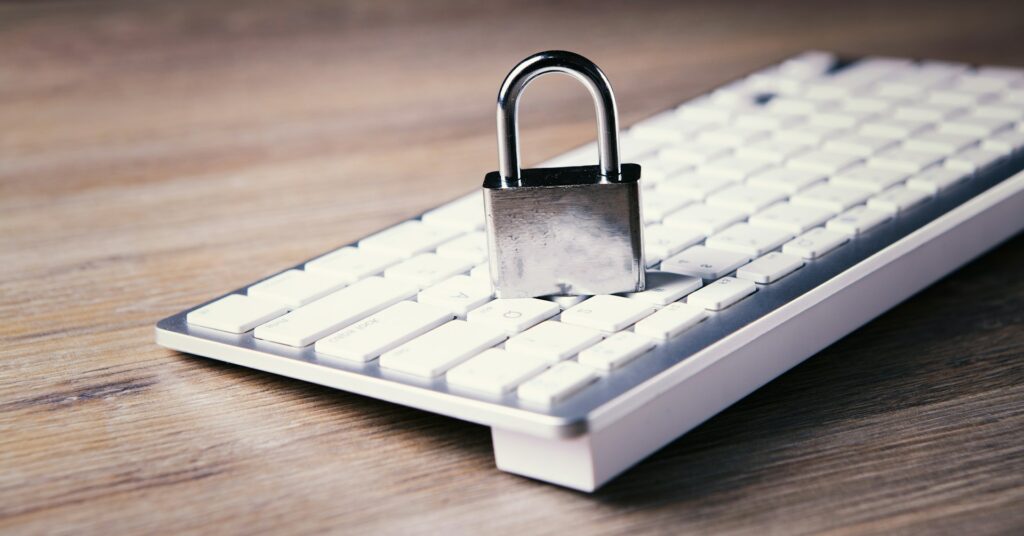Methods for Ensuring Your Safety from Phishing Emails and Scams

Methods for Ensuring Your Safety from Phishing Emails and Scams
Online scams and phishing emails are only two of the most prominent hazards that people who use the Internet are confronted with nowadays. Cybercriminals attempt to deceive individuals into surrendering personal information, financial data, or account passwords by using deceptive tactics. Because phishing emails sometimes imitate actual firms or connections that are trusted, it is not always straightforward to identify these attempts. In order to protect oneself, you must be aware of your surroundings, exercise care, and develop the correct digital habits.
What exactly is phishing?
Phishing is a kind of cybercrime in which criminals pretend to be legitimate businesses in order to get access to sensitive information. Email is the most common method of delivery for phishing efforts, but they may also emerge in the form of phone calls, text messages, or even bogus websites. It is common for assailants to attempt to create a feeling of urgency in order to get victims to respond fast without first confirming that the attacker is who they say they are.
Frequently Observed Symptoms of Phishing Emails
Although the methods used in phishing efforts are getting more complex, there are still warning indicators that might assist you in identifying them:
- The email can pretend to be from a well-known organization but really utilize an uncommon domain name, which is a sign that the sender address is suspicious.
- Messages commonly begin with “Dear Customer” rather than utilizing your actual name, since generic greetings are common.
- Spelling and grammatical faults are common in phishing emails.
- Messages that warn of account suspension, unpaid payments, or security breaches are meant to cause fear. These types of messages are written in a tone that is either urgent or menacing.
- Uncommon attachments or links: Emails may include files or links that, when opened, lead to websites that contain harmful software.
The Ways in Which Scammers Deceive You
The reason why phishing is successful is because it takes advantage of the way that people think. Scammers often use tactics that play on people’s emotions, such as fear, urgency, or curiosity, in order to persuade them to click on a link or download a file. For instance, you can get an email that claims that your bank account has been locked and that it is imperative that you log in as soon as possible. Clicking on the link will take you to a fraudulent website that will steal your login information.
Steps to Take in Order to Protect Yourself
The process of developing secure online habits and using the security tools that are accessible is essential to protecting yourself from phishing frauds. The following are the most important measures to take:
- Before You Click, Make Sure to Verify
- You should never click on any links that are included in emails that seem questionable. Before you open the link, hold your mouse over it to see where it will take you. In the event that you are not certain, it is preferable to enter the official website URL straight into your browser instead of clicking on the link.
- Under no circumstances should you provide any personal information.
- Genuine businesses will never request that you provide passwords, social security numbers, or financial information by email. Whenever someone makes a request of this kind, consider it to be suspicious.
Examine the Sender
Make sure to always check the email address of the sender. Despite the fact that the display name may seem to be well-known, the real email domain may disclose that it is, in fact, a forgery.
Turn on Multi-Factor Authentication (MFA)
An additional level of protection is provided when you include multi-factor authentication (MFA) into your accounts. It is not possible for fraudsters to get access to your account even if they manage to steal your password because of the second authentication step.
Make Sure That Software is Current
When software is not up to date, it may have weaknesses that cybercriminals might take advantage of. In order to ensure that you remain safe, make sure you update your operating system, web browsers, and security applications on a regular basis.
Make Use of Security Software
A large number of phishing attempts may be detected and blocked by the use of antivirus and anti-malware software. At all times, ensure that your security software is operating and that it is up to date.
- Exercise Caution When it Comes to Attachments
- Attachments that come from senders that you do not know should not be downloaded. It is possible for malicious files to install malware or ransomware on your system.
- Learn as much as you can and share your knowledge with others.
- Phishing attacks are always changing. Keep yourself up to date on the most recent strategies and disseminate information to your relatives, friends, or colleagues in order to reduce the likelihood that they may be victimized.
What to Do If You Become a Victim
Mistakes are certain to occur, even when measures are taken. If you come to the realization that you have either clicked on a link that is really a phishing scam or divulged private information, you must act immediately:
- Make sure that you change your passwords as soon as possible, particularly for any accounts that may have been stolen.
- Whenever feasible, you should activate multi-factor authentication (MFA) on all of your accounts.
- In order to identify and eliminate any possible instances of malware, use antivirus software to conduct a scan of your device.
- If you were targeted by a phishing effort, you should report it to the proper authorities, your company (if it was a work account), or your email provider.
- In the event that you notice any transactions on your financial accounts that seem out of the ordinary, you should get in touch with your bank after monitoring your accounts.
Maintaining a Competitive Edge Over Scammers
It is important to remember that knowledge of the situation continues to be the most effective protection against cyberattacks, despite the fact that cybercriminals are constantly refining their strategies. Be sure to spend some time considering emails that are unusual, regardless of whether they seem to be legitimate. Keep in mind that if anything is really in need of immediate attention, credible businesses will provide alternate channels of contact.
Scams and phishing emails are meant to catch you off guard, but you can keep yourself secure if you develop the proper habits. Your likelihood of being a victim of fraud is considerably reduced if you learn how to identify communications that are dubious, make sure you check before clicking on anything, and use security measures such as multi-factor authentication. When it comes to this, prudence is of the utmost importance. Take your time, engage in critical thinking, and follow your gut feelings. In the digital age we live in today, protecting yourself against frauds is not just about technology; it is also about being vigilant.







